Chengdu (成都, Chéngdū) is the capital of Sichuan province in southwestern China. It is a city renowned for its rich history, vibrant culture, and modern amenities. Here are some Chengdu Places to Visit:
1. Chengdu Research Base of Giant Panda Breeding
The Chengdu Research Base of Giant Panda Breeding is one of the foremost spots to visit in Chengdu. Established in 1987, this facility has been pivotal in the conservation and breeding of the endangered giant panda. Visitors can observe pandas in their naturalistic enclosures, from playful cubs to adults lounging around. The base aims to simulate the wild environment to ensure the pandas have a comfortable habitat. Apart from pandas, you can also see red pandas and other rare animals native to the region.
Highlight: Watching baby pandas play and the informative exhibitions on panda conservation.
Useful Tips:
- Arrive early in the morning to catch the pandas during their most active hours, usually around feeding time (8:30-10:30 AM).
- Wear comfortable walking shoes as the base is large, and there is a lot of ground to cover.
- Consider taking a guided tour for a more enriching experience.
How to Get There:
- By Metro: Take Line 3 to Panda Avenue Station, then a shuttle bus or taxi to the base.
- By Taxi: About 30 minutes from downtown Chengdu.
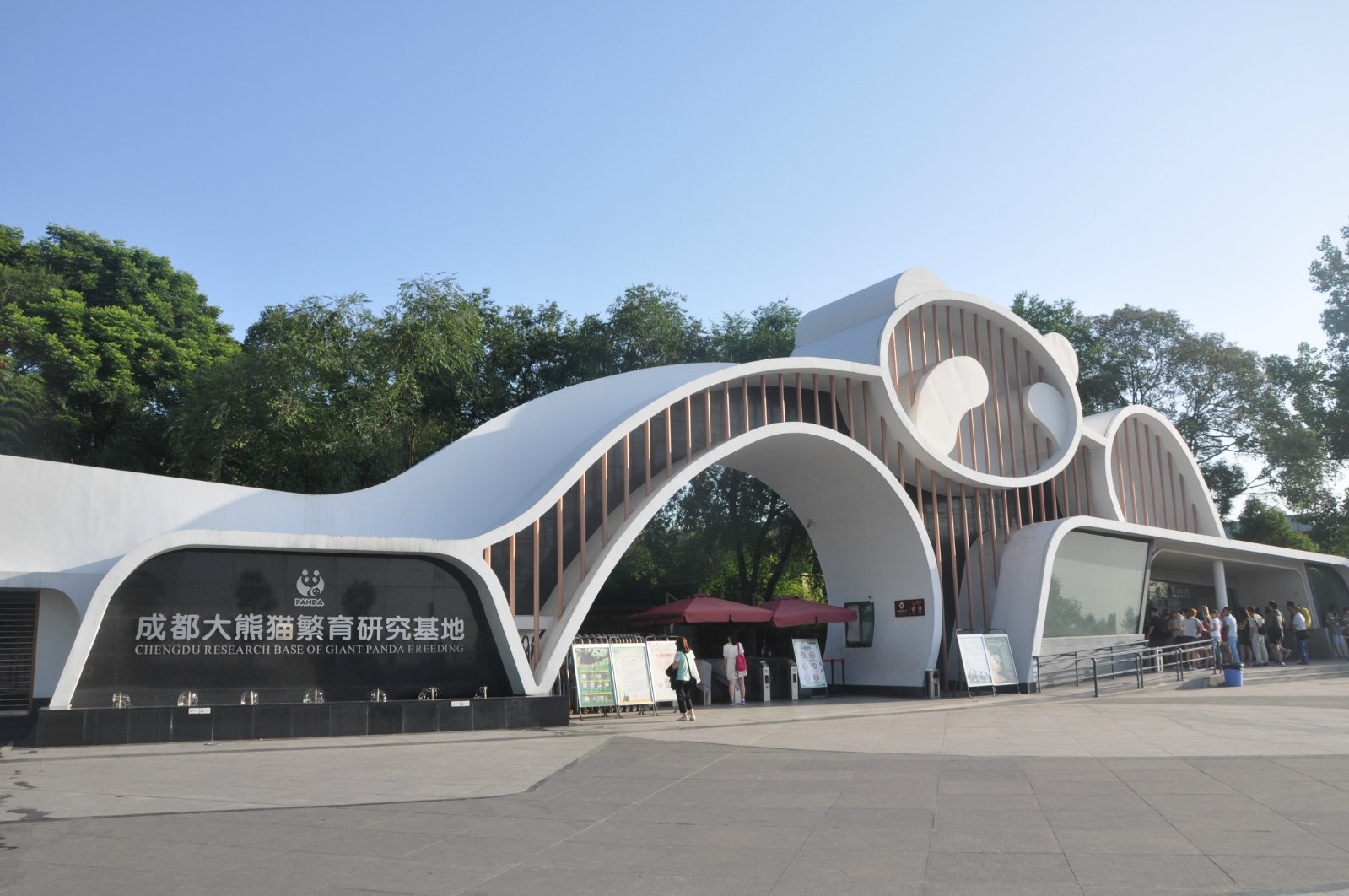
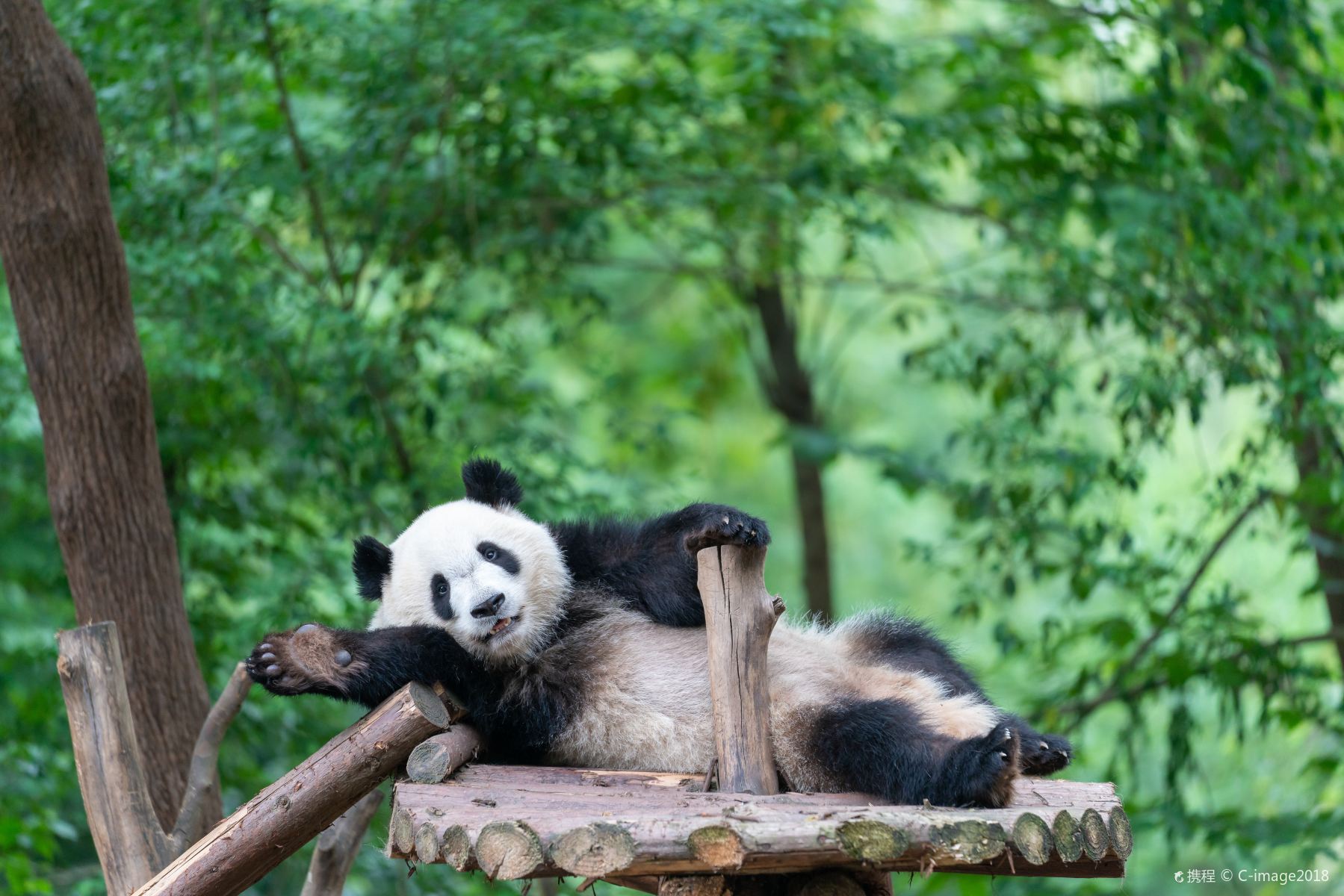
2. Wenshu Monastery
Wenshu Monastery, also known as Wenshu Yuan Monastery, is a well-preserved Buddhist temple in Chengdu. Built during the Tang Dynasty, this temple is dedicated to Wenshu (Manjushri), the Bodhisattva of Wisdom. The monastery boasts several picturesque gardens, ancient architecture, and a collection of Buddhist relics. The serene environment makes it a perfect escape from the bustling city.
Highlight: The beautiful gardens and the temple’s serene ambiance.
Useful Tips:
- Visit the teahouse within the monastery premises for a traditional tea experience.
- Plan your visit during weekdays to avoid the weekend crowds.
- Photography is allowed, but be respectful and avoid using flash inside the halls.
How to Get There:
- By Metro: Take Line 1 to Wenshu Monastery Station.
- By Bus: Multiple city buses, including routes 16, 55, and 64, stop near the monastery.
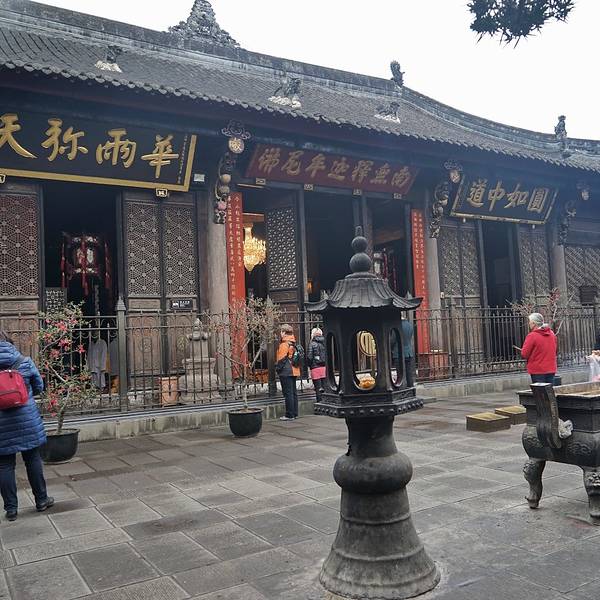
3. Jinli Ancient Street
Jinli Ancient Street, a bustling pedestrian street next to Wuhou Shrine, is known for its vibrant atmosphere and historical charm. The street is lined with traditional-style buildings housing shops, teahouses, and restaurants. It dates back to the Qin Dynasty and was historically a commercial hub. Today, visitors can enjoy local snacks, buy traditional crafts, and watch folk performances.
Highlight: Sampling Sichuan snacks and shopping for souvenirs.
Useful Tips:
- Try to visit in the early evening when the red lanterns are lit, adding to the street’s charm.
- Be cautious of pickpockets as it can get very crowded.
- Bargain at souvenir shops to get the best deals.
How to Get There:
- By Metro: Take Line 3 to Gaoshengqiao Station, then walk for about 10 minutes.
- By Bus: Multiple buses, including routes 1, 57, and 82, stop near Jinli Ancient Street.
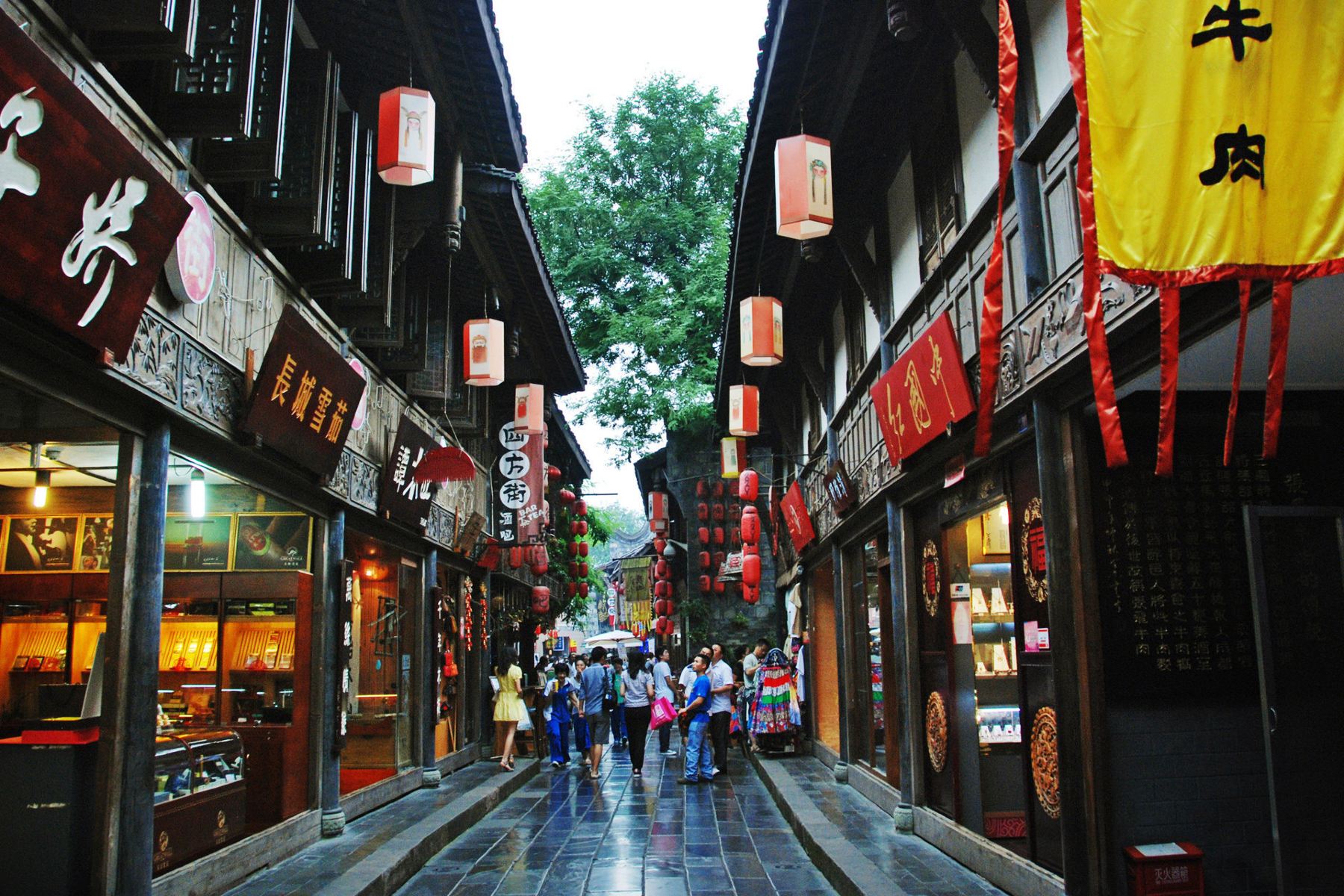
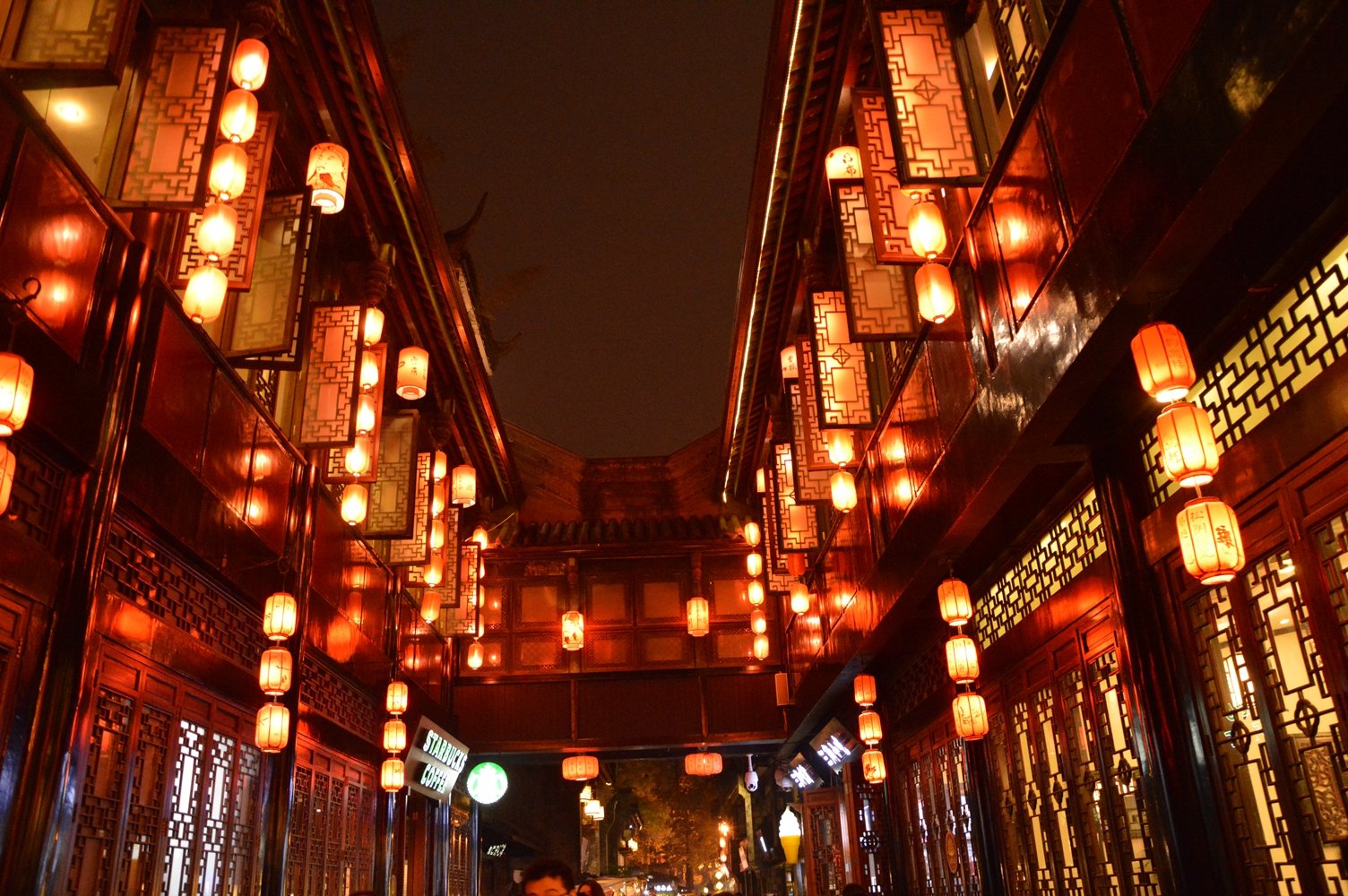
4. Qingcheng Mountain
Qingcheng Mountain is a renowned Taoist mountain and scenic area. It is celebrated for its lush greenery, tranquil scenery, and historical significance in Taoism. The mountain is divided into the front part, which is more touristy with ancient Taoist temples, and the back part, which is quieter and ideal for hiking. Key attractions include Jianfu Palace and Shangqing Palace.
Highlight: Scenic views and historical Taoist temples.
Useful Tips:
- Allocate a whole day for the visit, especially if you wish to hike the trails.
- Wear comfortable hiking shoes and bring plenty of water.
- The front mountain is more suitable for beginners, while the back mountain offers more challenging hikes.
How to Get There:
- By Train: Take the high-speed train from Chengdu to Dujiangyan, then a local bus or taxi to Qingcheng Mountain.
- By Bus: Direct buses are available from Chadianzi and Xinnanmen bus stations in Chengdu.
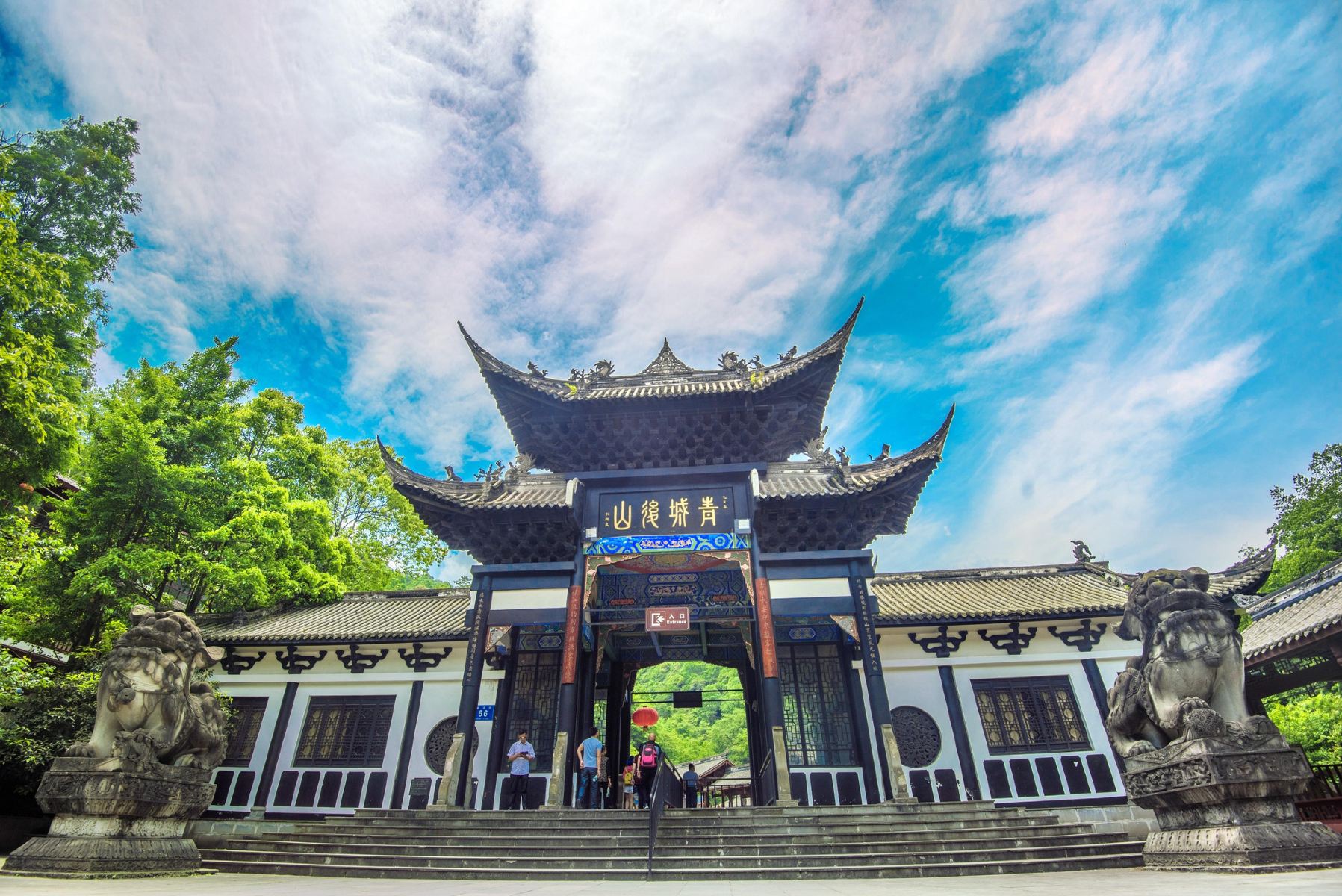
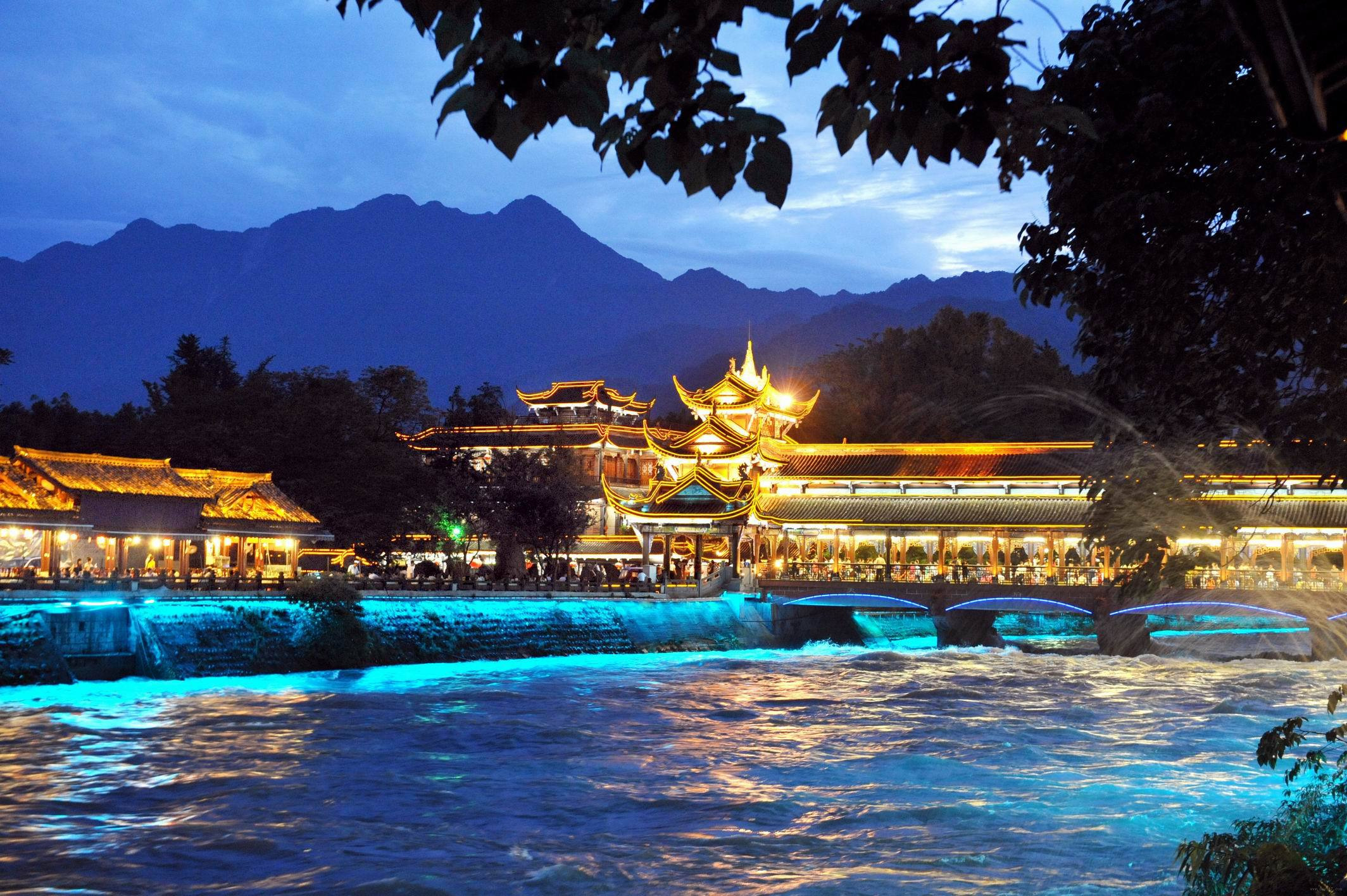
5. Leshan Giant Buddha
The Leshan Giant Buddha is a monumental statue carved into a cliff face overlooking the confluence of three rivers. Standing at 71 meters tall, it is the largest stone Buddha in the world. The statue, which dates back to the Tang Dynasty, was created to calm the turbulent waters. Visitors can explore the surrounding area, which is a UNESCO World Heritage Site, and take a boat ride to view the Buddha from the river.
Highlight: Viewing the giant Buddha statue from the river.
Useful Tips:
- The site can get crowded, especially on weekends and holidays, so plan your visit accordingly.
- Wear comfortable shoes as there are many steps to climb.
- Consider taking a boat ride for a different perspective of the Buddha.
How to Get There:
- By Train: High-speed trains run from Chengdu to Leshan, followed by a short bus or taxi ride to the site.
- By Bus: Buses depart regularly from Xinnanmen Bus Station in Chengdu.
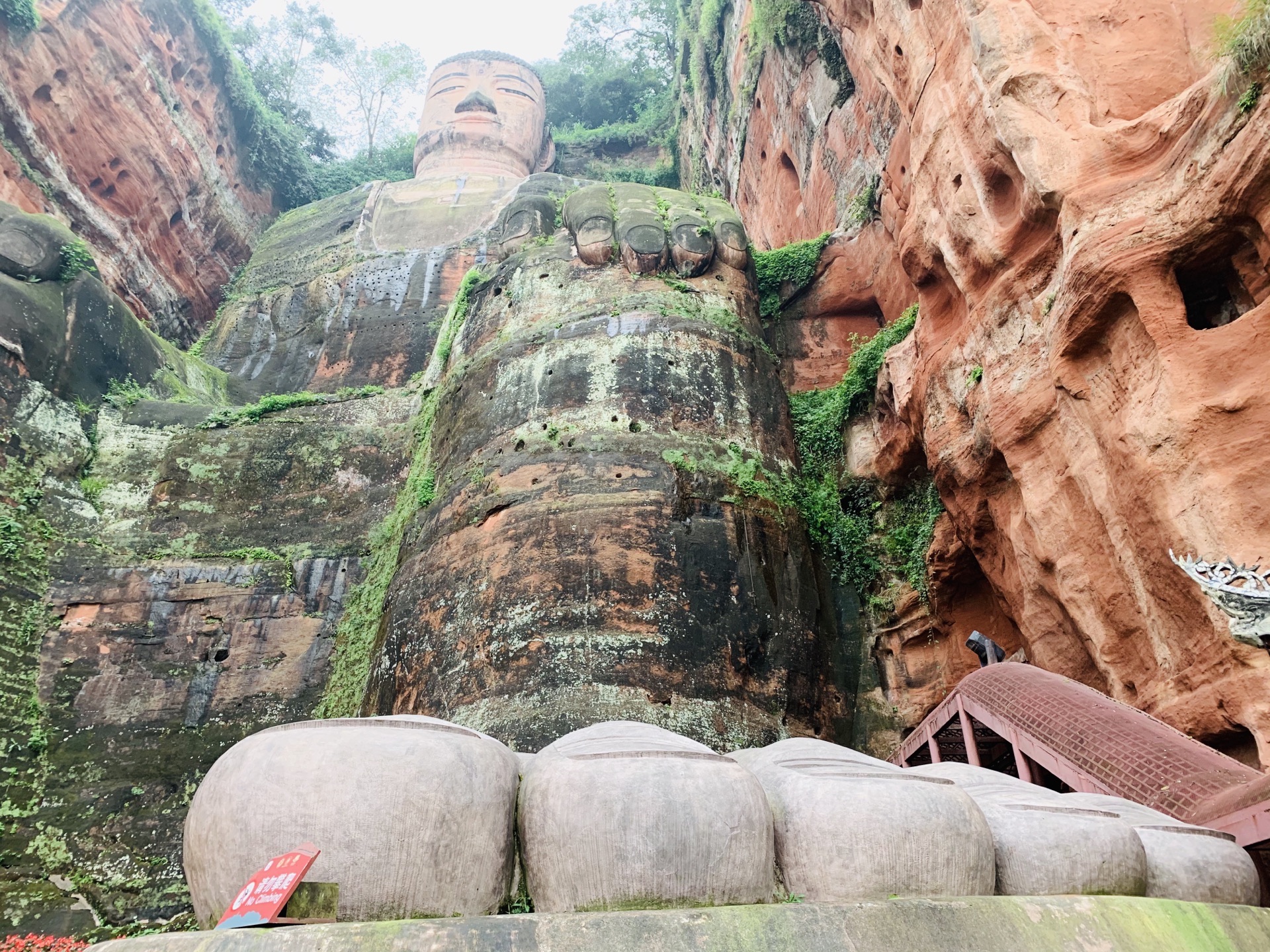
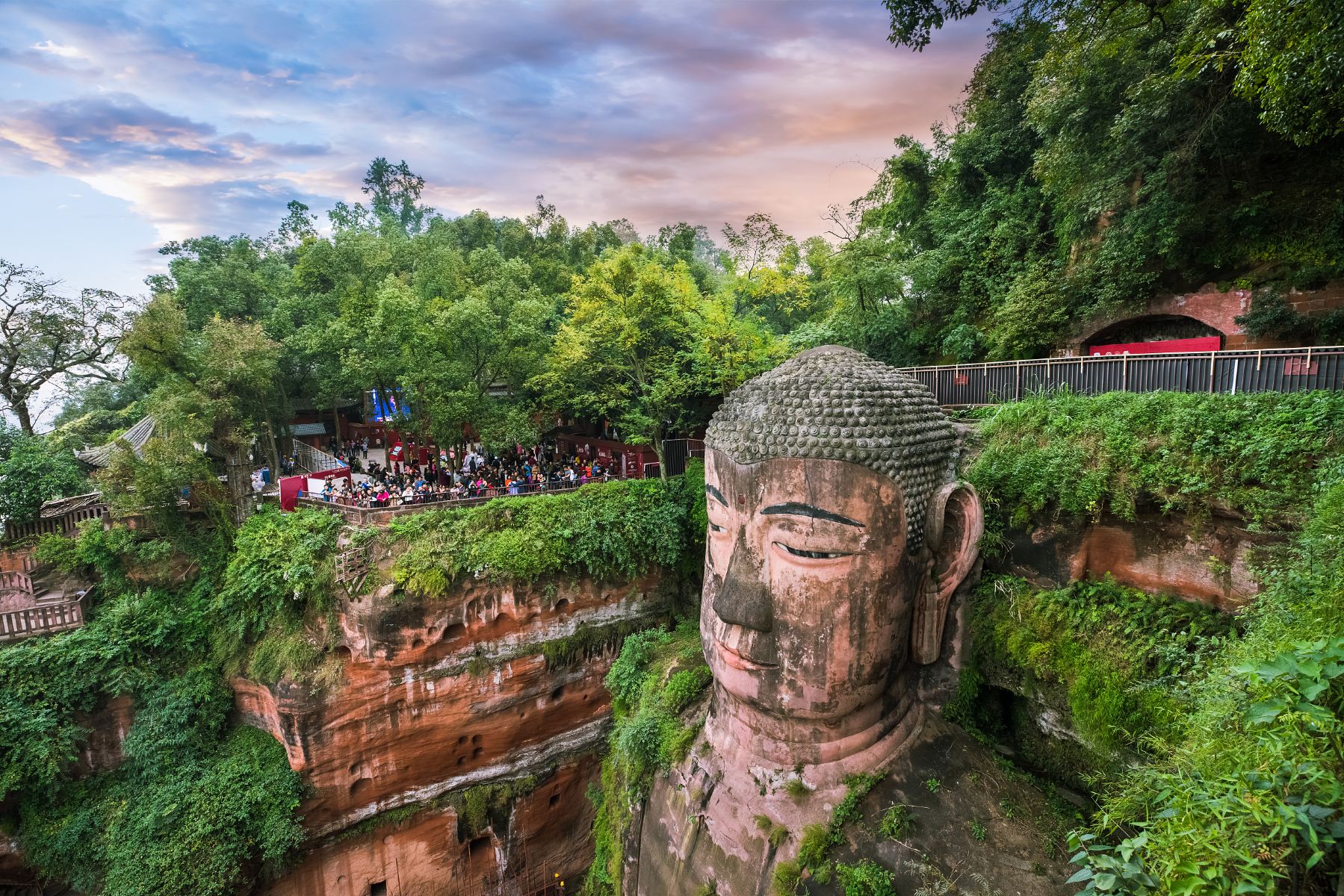
6. Wide and Narrow Alley (Kuanzhai Xiangzi)
The Wide and Narrow Alley, also known as Kuanzhai Xiangzi, consists of three parallel alleys – Wide Alley, Narrow Alley, and Well Alley. This historical area dates back to the Qing Dynasty and has been restored to preserve its traditional architecture. Visitors can explore various shops, eateries, and cultural exhibits.
Highlight: Traditional Sichuan architecture and modern boutique shops.
Useful Tips:
- Visit during the evening to enjoy the illuminated streets and livelier atmosphere.
- Try the local snacks and tea in the traditional teahouses.
- Take a guided tour to learn about the history and significance of the alleys.
How to Get There:
- By Metro: Take Line 4 to Kuanzhai Xiangzi Station.
- By Bus: Several bus routes, including 58 and 101, stop near the alleys.
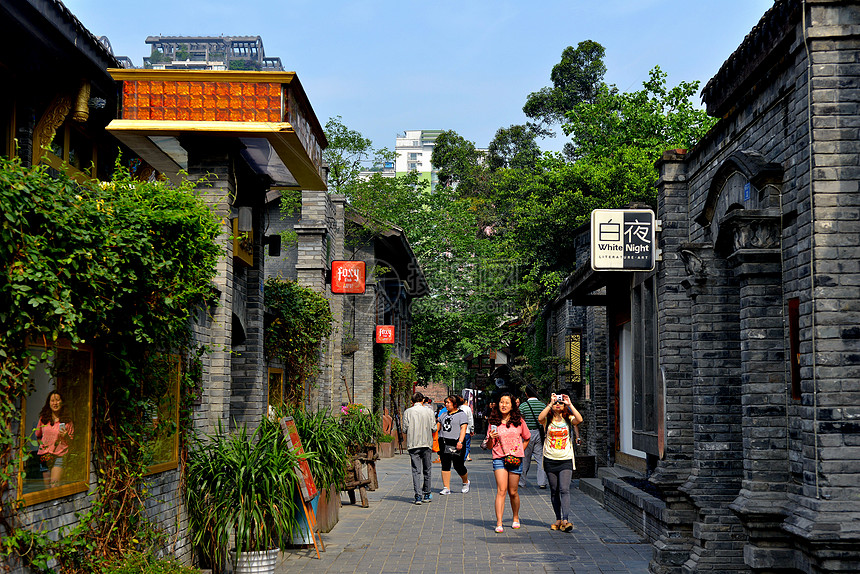
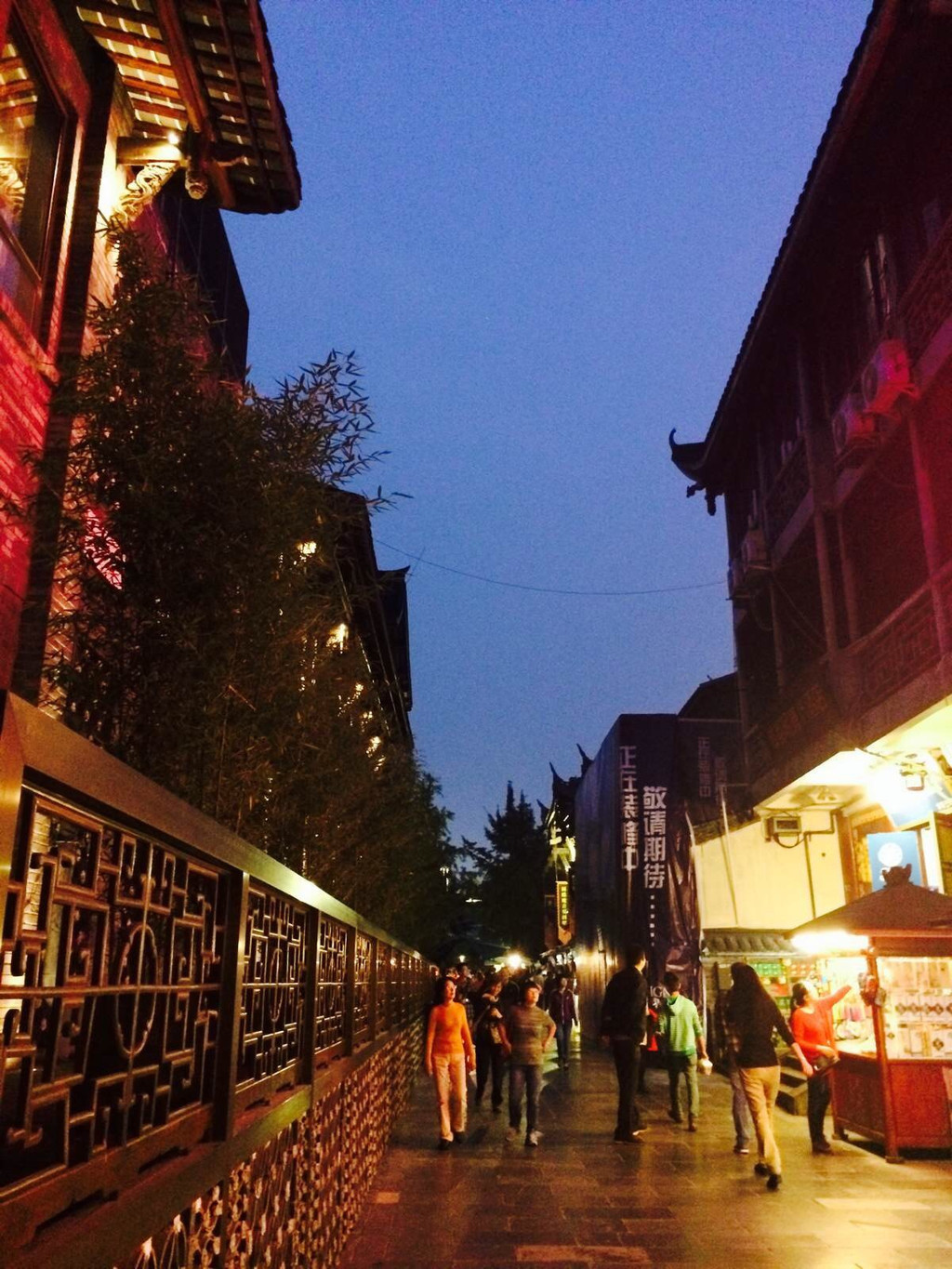
7. Dujiangyan Irrigation System
The Dujiangyan Irrigation System is an ancient engineering marvel that dates back to 256 BC. Built by Li Bing and his son, this system has regulated the waters of the Min River for over two millennia, preventing flooding and providing irrigation. It is a UNESCO World Heritage Site and a testament to the ingenuity of ancient Chinese engineering. Visitors can explore the site and appreciate both its historical and functional aspects.
Highlight: The ancient waterworks and picturesque surroundings.
Useful Tips:
- Allocate half a day to fully explore the site.
- Wear comfortable shoes and bring a hat or sunscreen.
- Combine the visit with a trip to Qingcheng Mountain, which is nearby.
How to Get There:
- By Train: High-speed trains run from Chengdu to Dujiangyan, then a short bus or taxi ride to the site.
- By Bus: Buses depart from Chadianzi Bus Station in Chengdu.
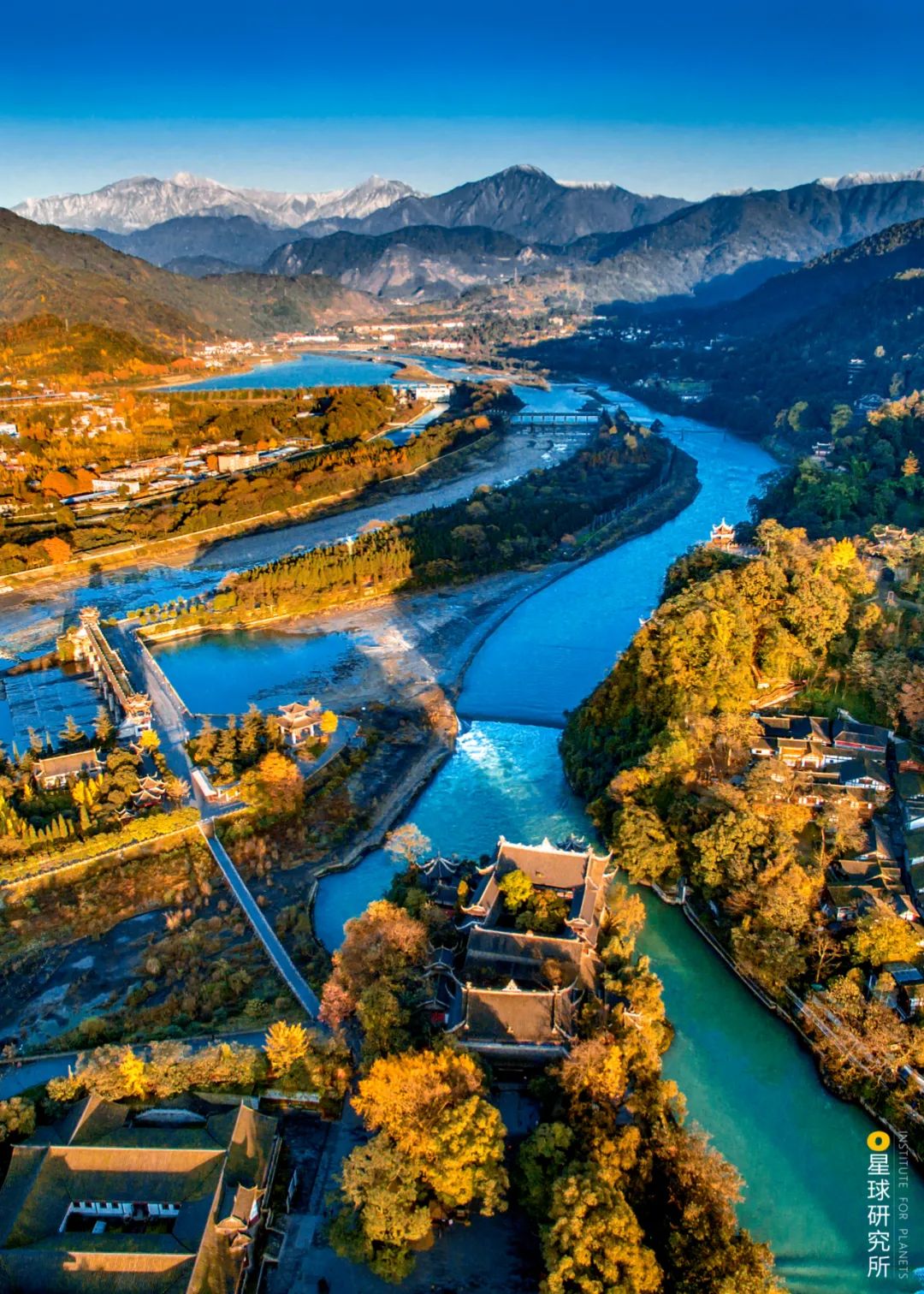
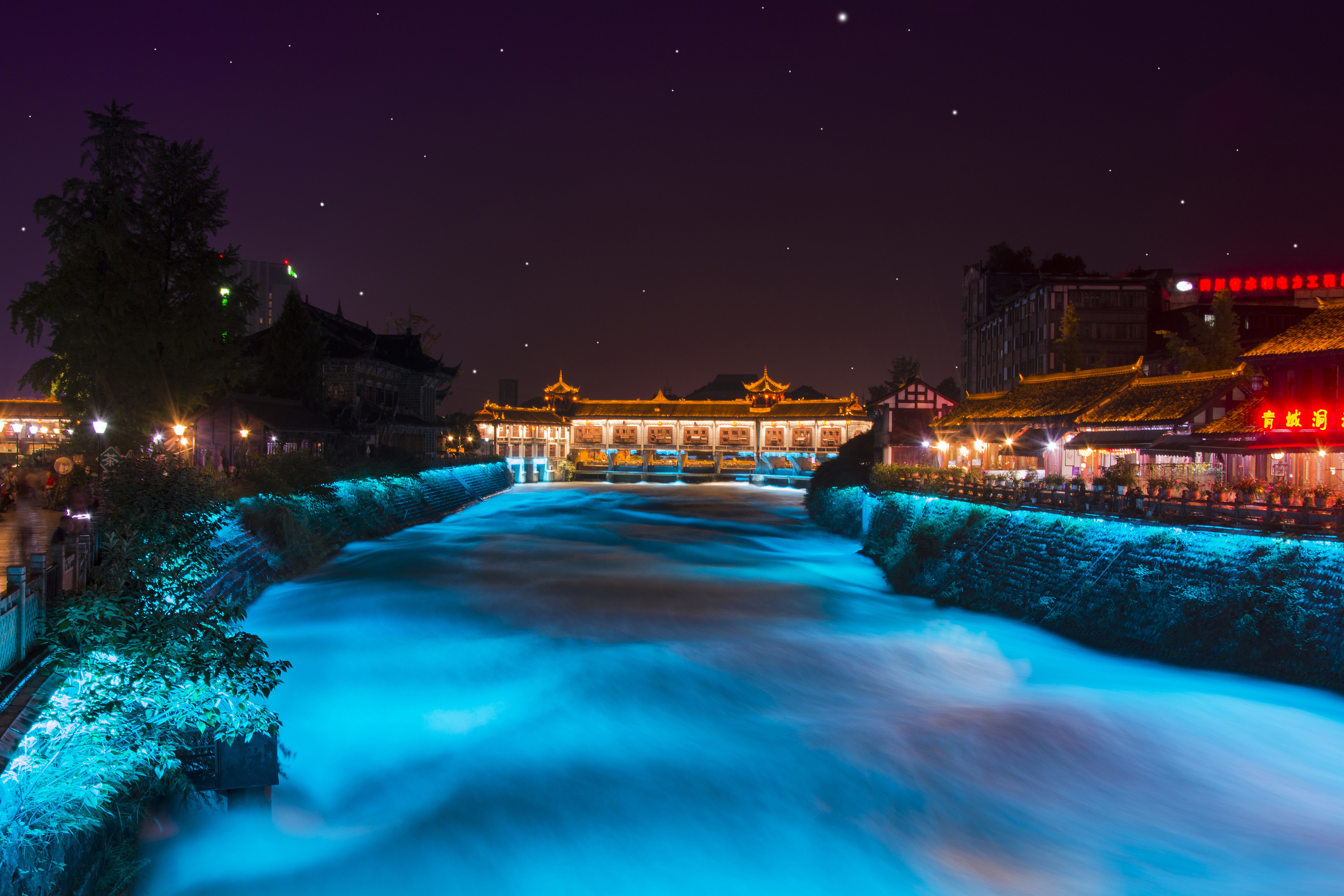
8. Sichuan Opera (Face Changing Show)
Sichuan Opera is famous for its unique and mesmerizing face-changing performance. This traditional art form involves actors changing masks with lightning speed, accompanied by music, acrobatics, and comedy. The most popular venue to experience this is the Shufeng Yayun Teahouse in Chengdu Culture Park.
Highlight: The face-changing act and live traditional music.
Useful Tips:
- Book tickets in advance as shows often sell out.
- Arrive early to get good seats, and consider opting for a VIP seat for the best views.
- Combine the show with a traditional tea service for an enhanced cultural experience.
How to Get There:
- By Metro: Take Line 2 to People’s Park Station, then walk for about 10 minutes.
- By Taxi: About 15 minutes from downtown Chengdu.
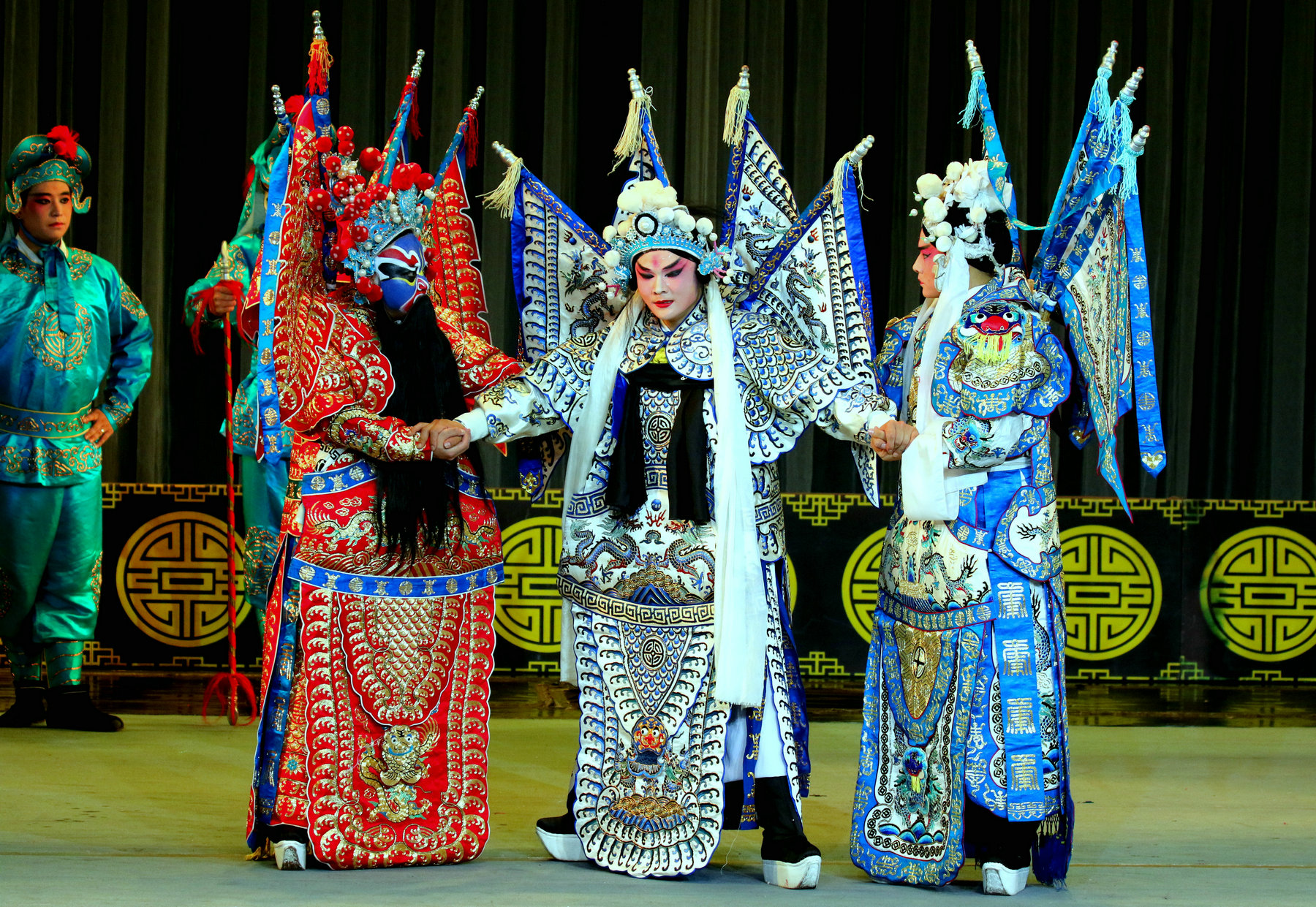
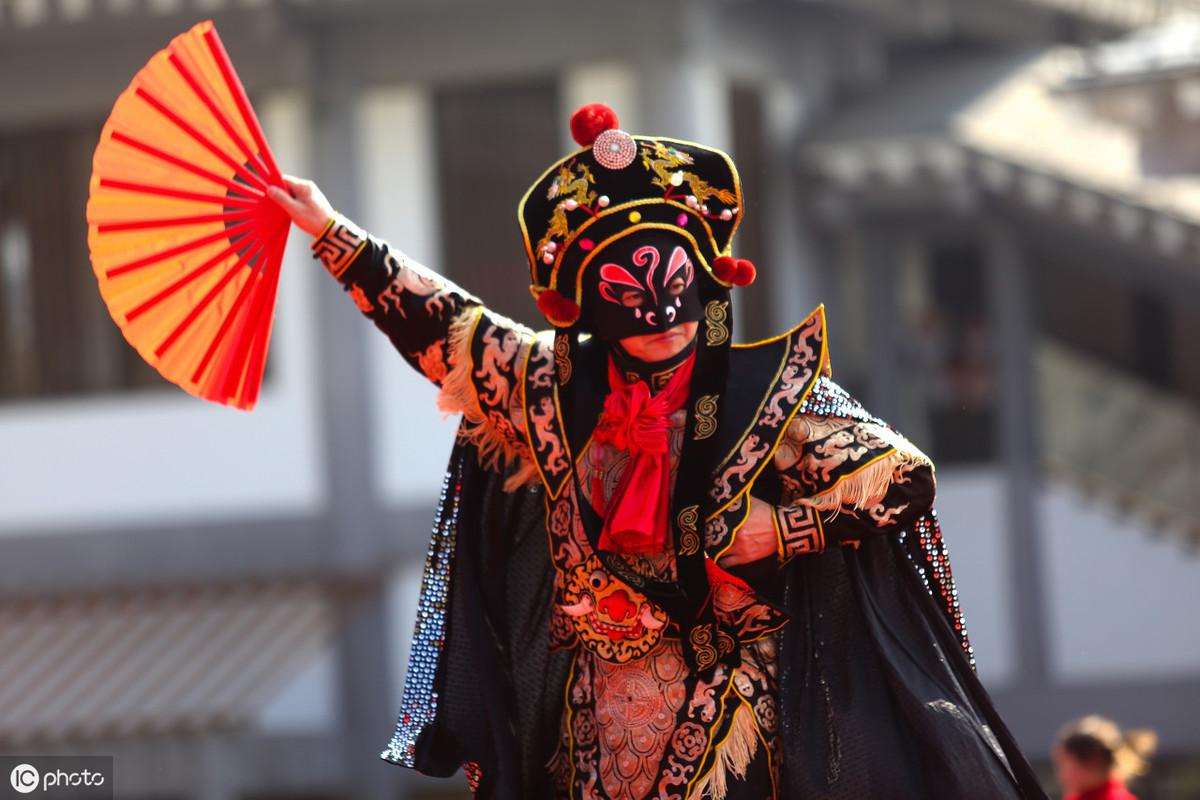
9. People’s Park
People’s Park, located in central Chengdu, is a historic park that offers a slice of local life. Opened in 1911, the park features an artificial lake, several gardens, and teahouses, notably the Heming Teahouse. It’s a popular spot for locals to practice Tai Chi, sing, dance, and play chess. The park also houses the Railway Protection Movement Monument.
Highlight: Experiencing local culture and activities in a scenic setting.
Useful Tips:
- Visit Heming Teahouse to enjoy traditional Sichuan tea and watch ear-cleaning performances.
- Early mornings and evenings are the best times to see locals engaging in various activities.
- The park is free to enter, making it a great budget-friendly attraction.
How to Get There:
- By Metro: Take Line 2 to People’s Park Station, Exit B.
- By Taxi: Centrally located, about 10 minutes from downtown Chengdu.
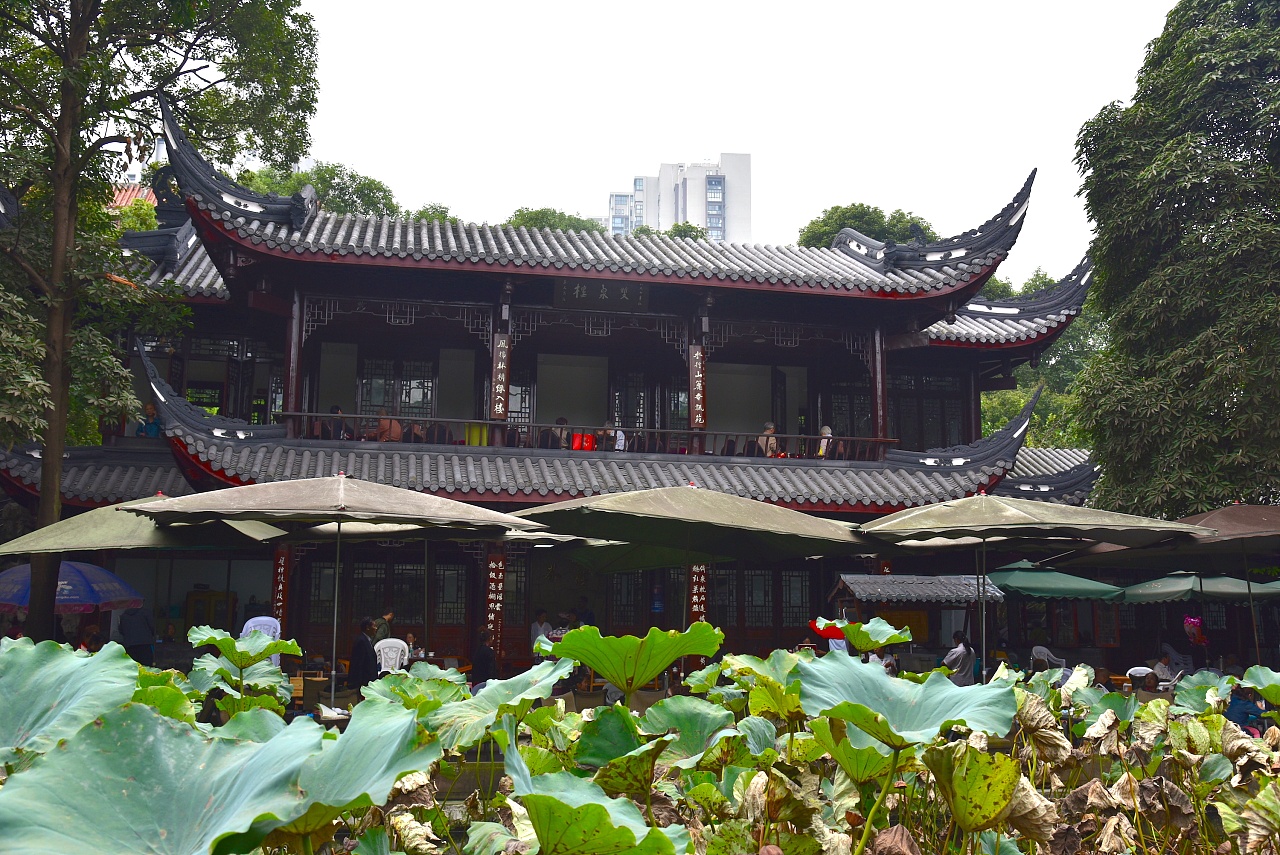
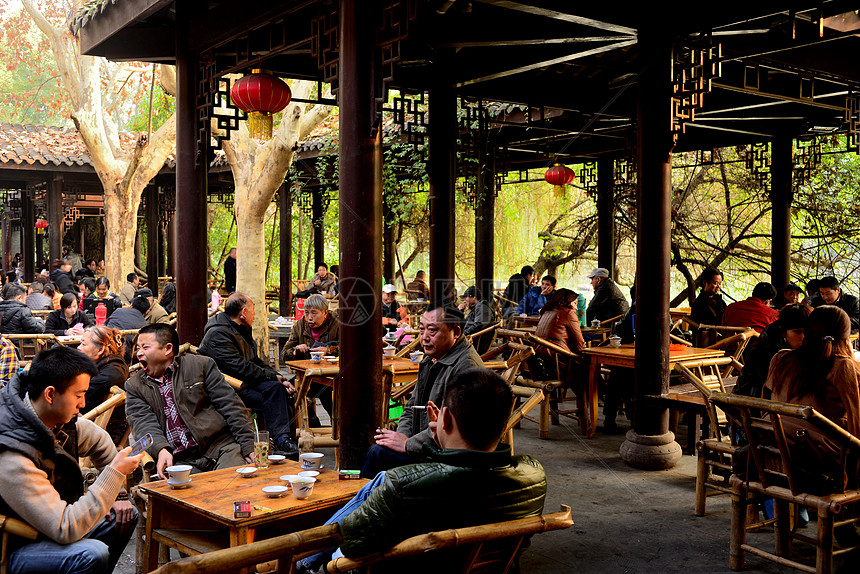
10. Jinsha Site Museum
The Jinsha Site Museum showcases artifacts from the Jinsha archaeological site, discovered in 2001. The site dates back to the Shu Kingdom (1200-650 BC) and features a rich collection of gold, jade, bronze, and ivory items. The museum is divided into different sections, including an exhibition hall, an excavation site, and a garden area.
Highlight: The Gold Sun Bird, a national symbol of China, and other ancient artifacts.
Useful Tips:
- Visitor Services: The museum offers audio guides in multiple languages including Chinese, English, Japanese, Korean, French, German, and Spanish. These devices require a rental fee and deposit.
- Guided Tours: You can hire an explanatory guide service for a fee. Prices vary depending on the group size and language.
- Visitor Amenities: The museum provides facilities such as parking lots, a tourist center, and rest areas.
- Best Time to Visit: The museum is open from 8:00am to 6:30pm (May to October) and 8:00am to 8:00pm (November to April), although it is closed on Mondays (except during peak months and public holidays)
How to Get There:
- By Subway: Take Line 7 to Jinsha Site Museum Station and exit from Exit C.
- By Bus: Multiple bus lines such as 5, 7, 82, 83, 84, 96, 111, 123, 147, and 163 serve the museum.
- By Taxi: The museum is located about 7 kilometers west of downtown Chengdu, making it easily accessible by a short taxi ride.
- From Shuangliu Airport: Take Metro Line 10, transfer to Line 7 at Taipingyuan, and get off at Jinsha Site Museum station.
- From Chengdu Railway Station: Use the subway to get to Line 7 and follow the same instructions as above.
Chengdu blends its historical heritage with modern development, making it a fascinating destination for both tourism and business.